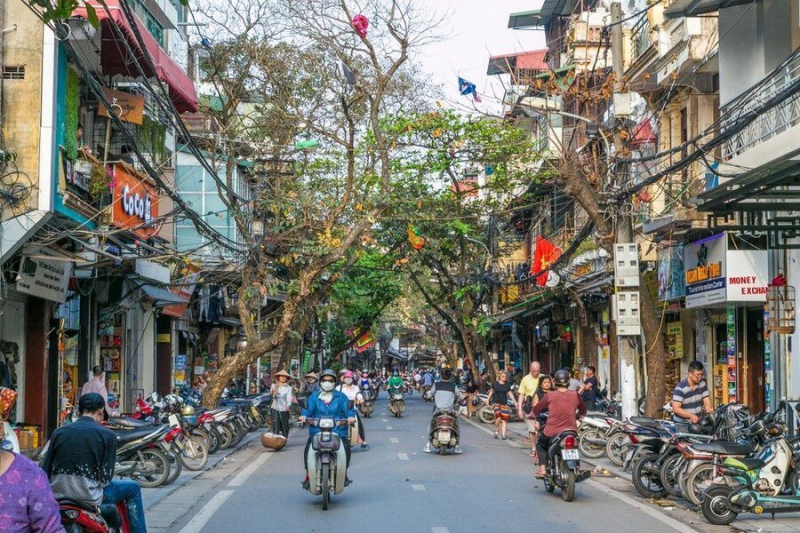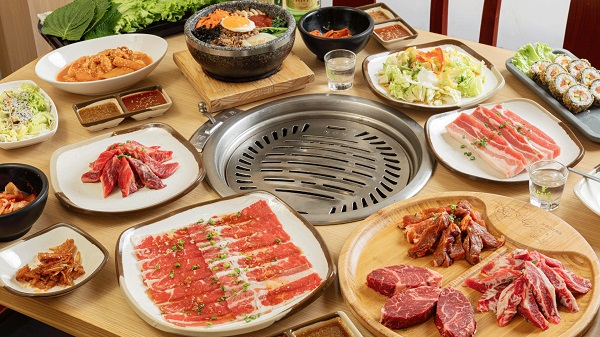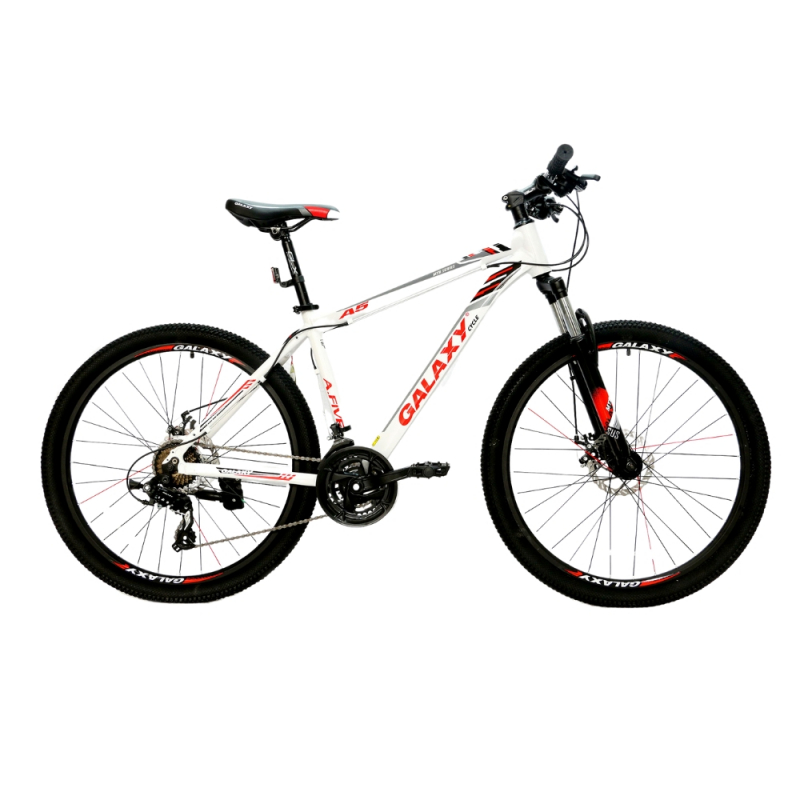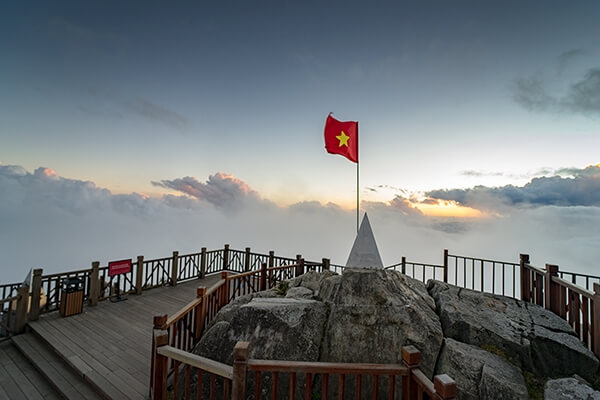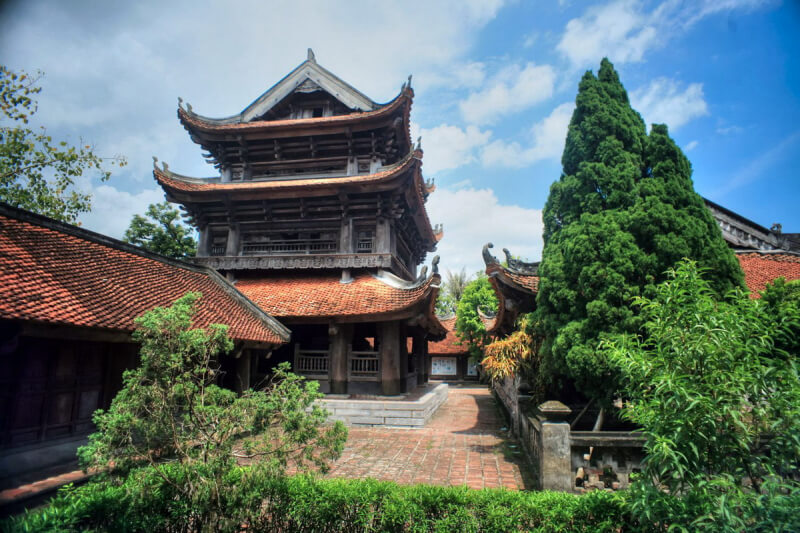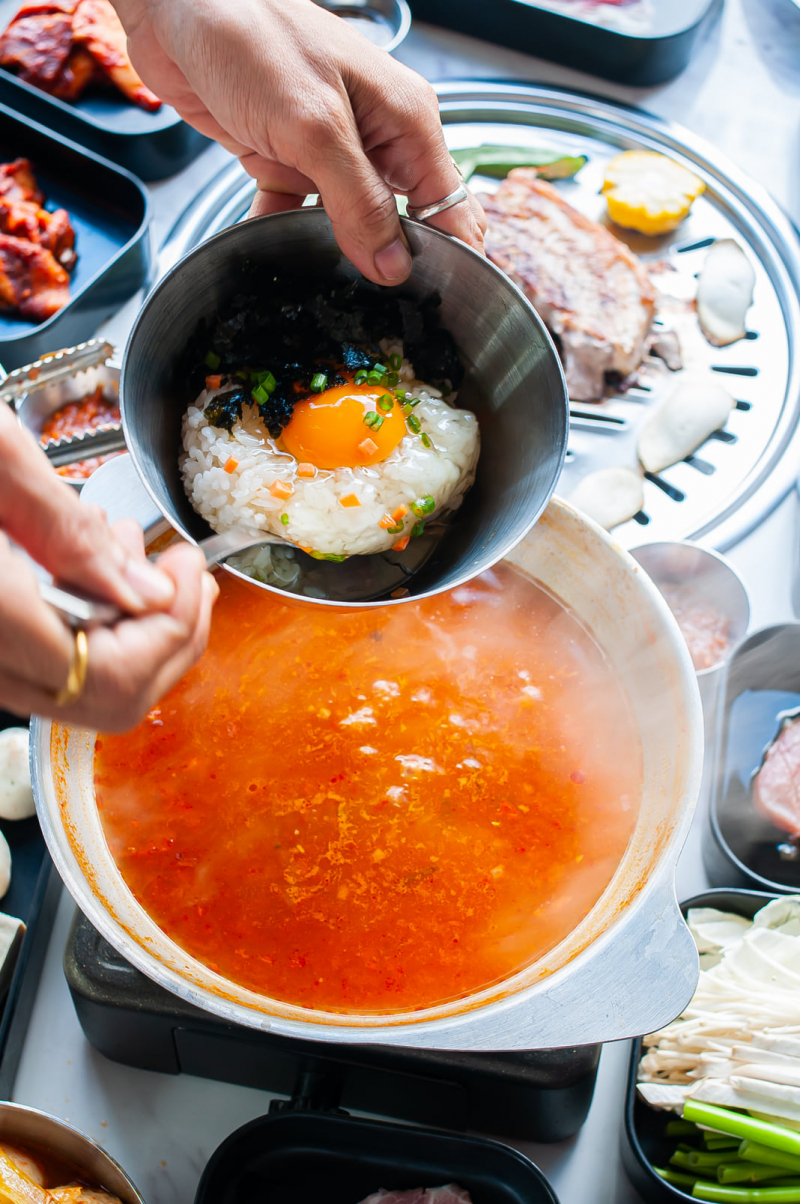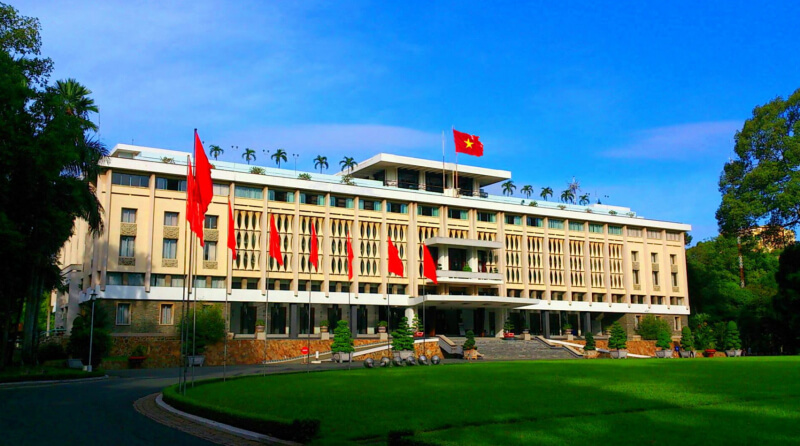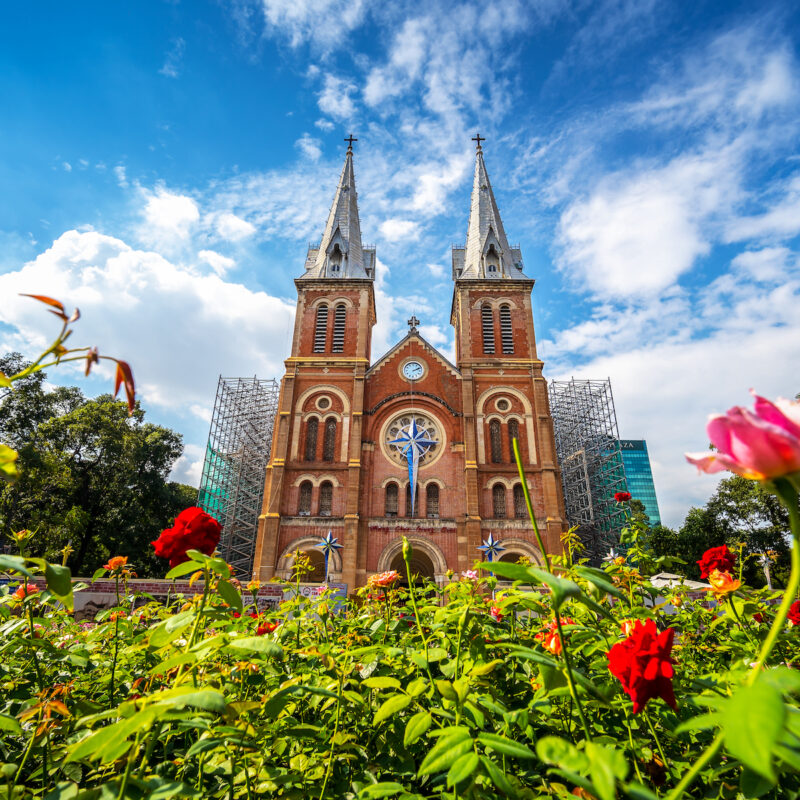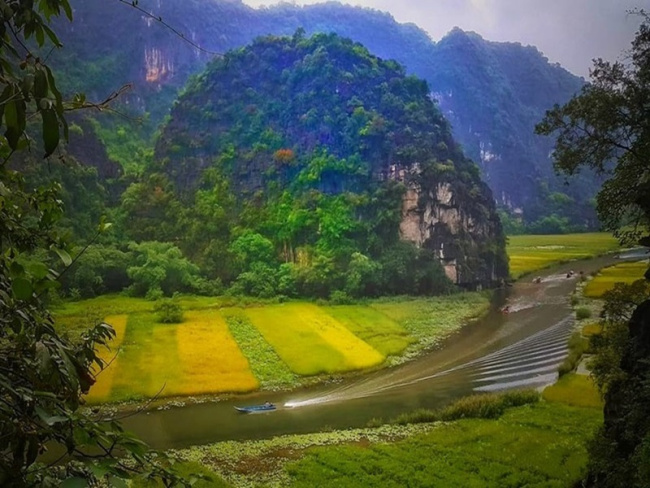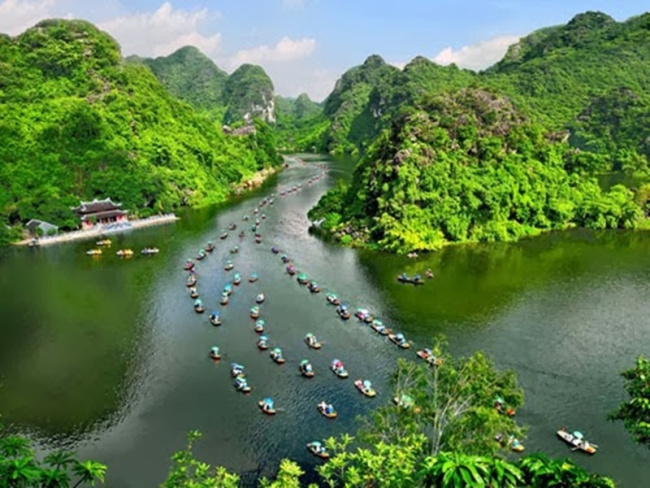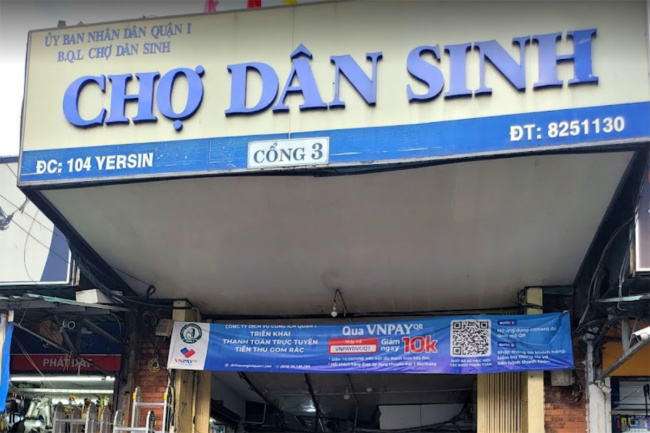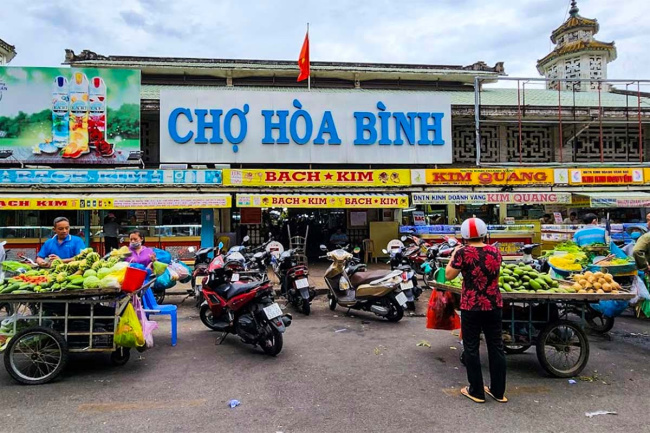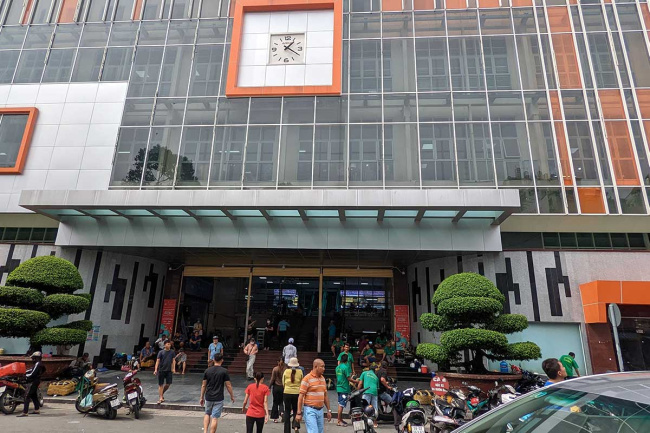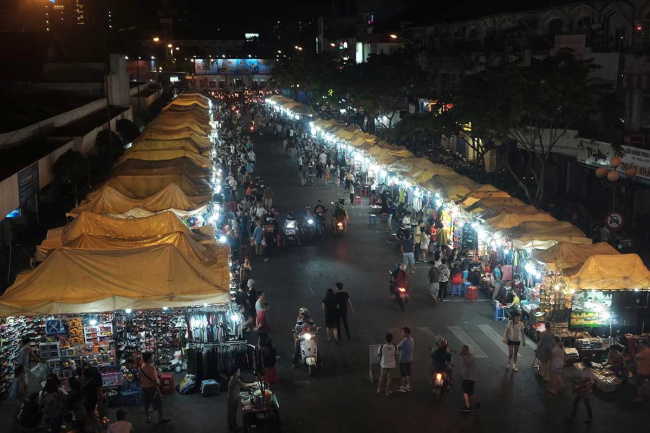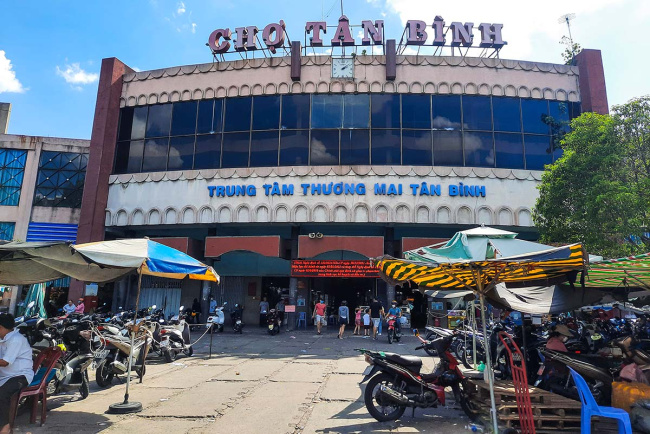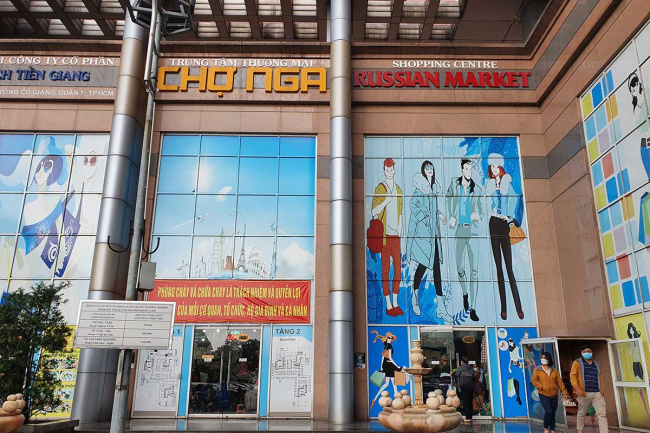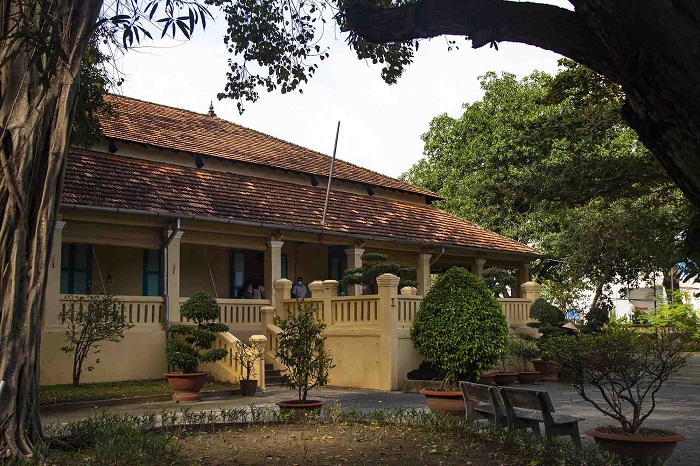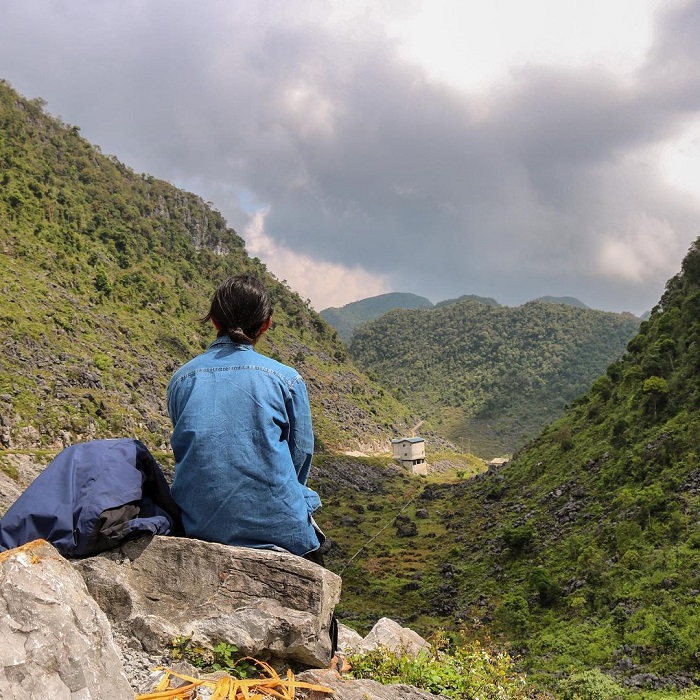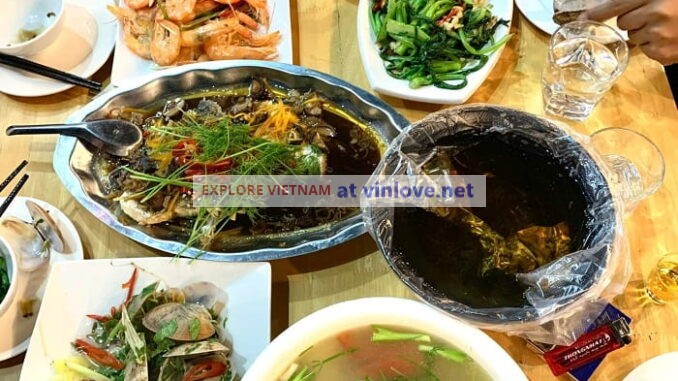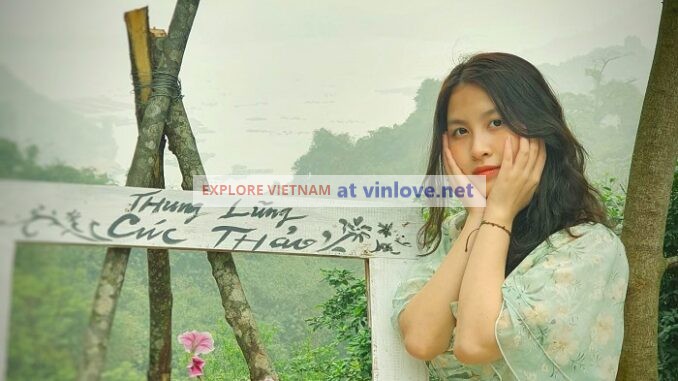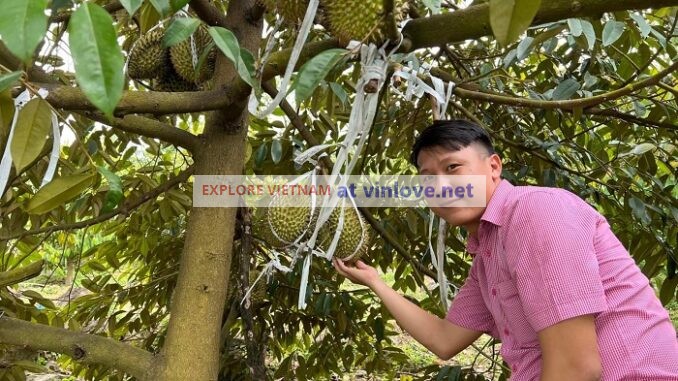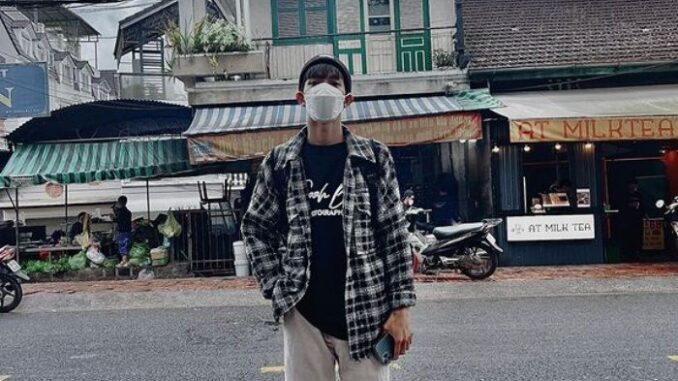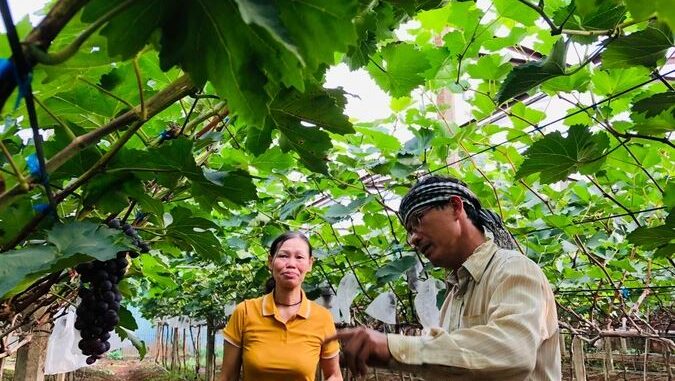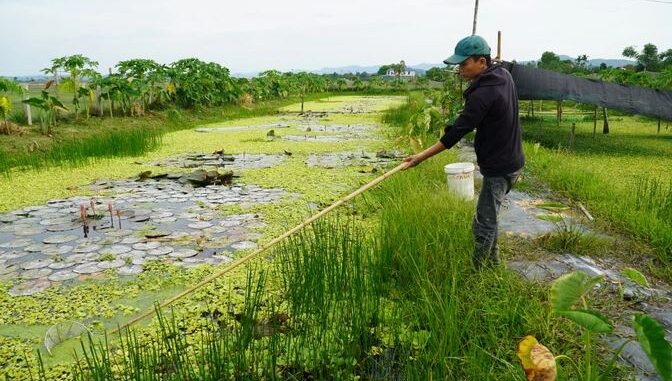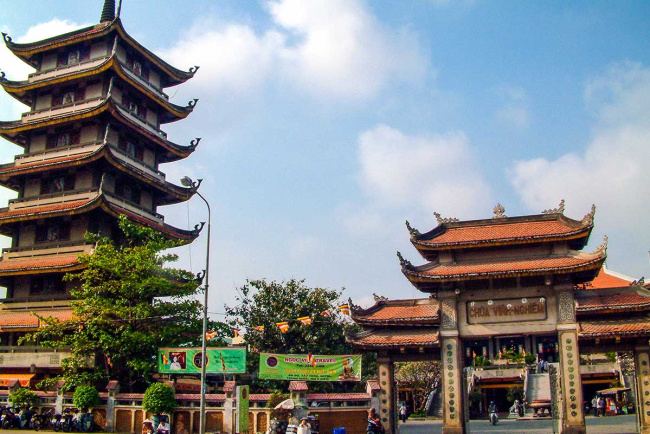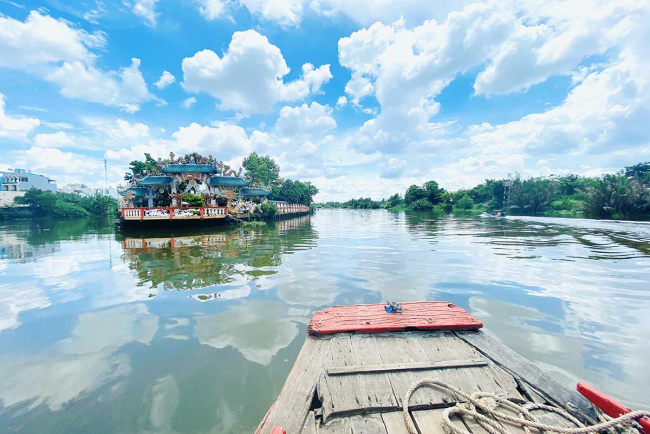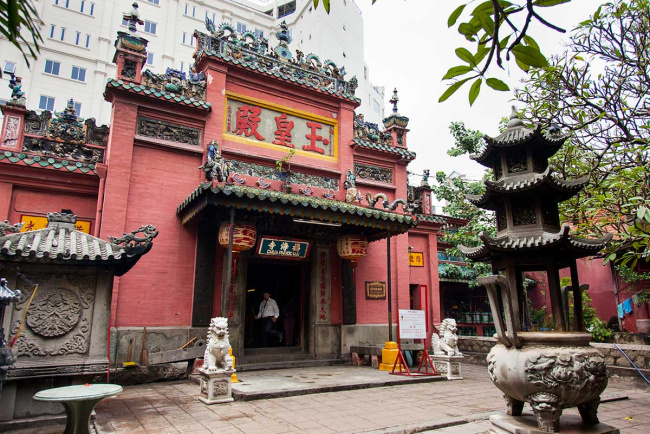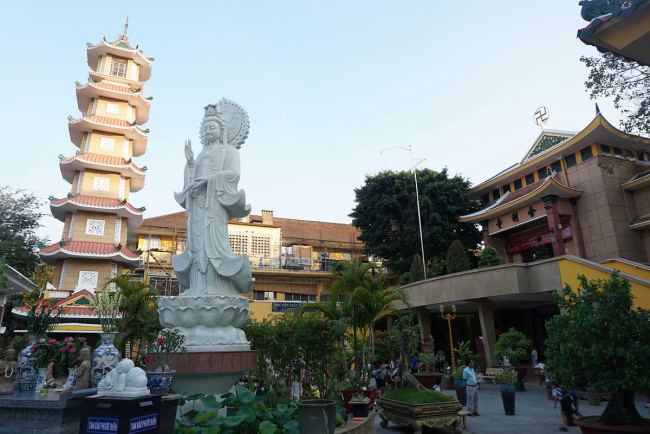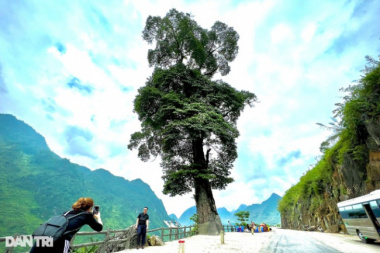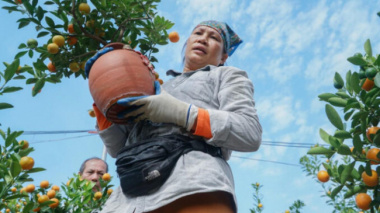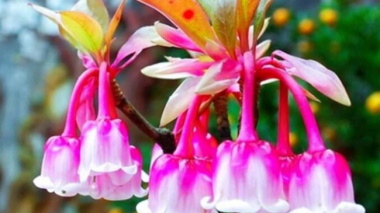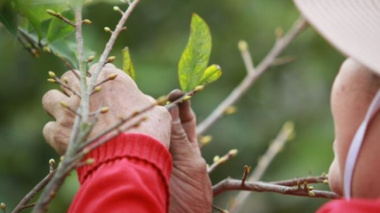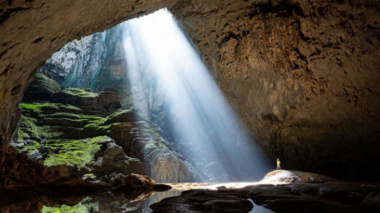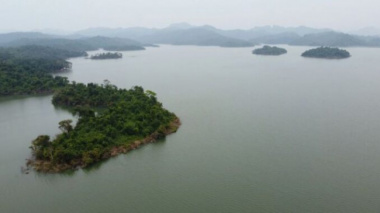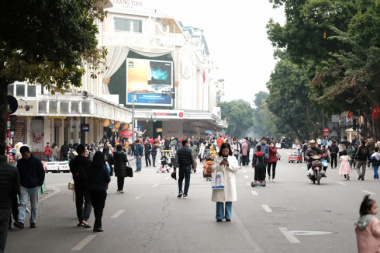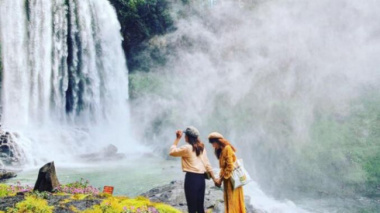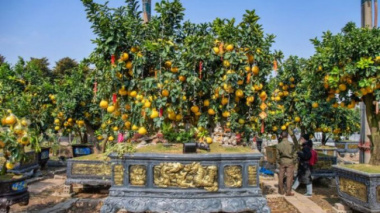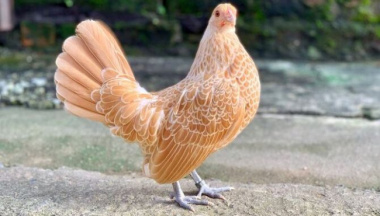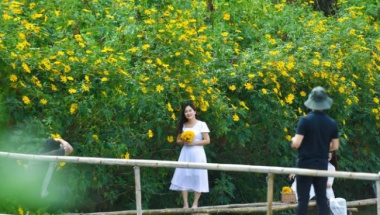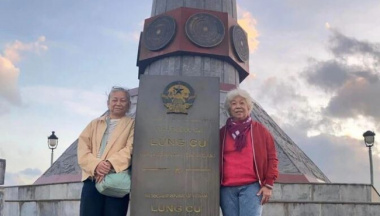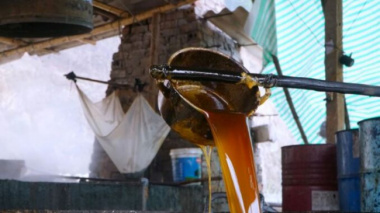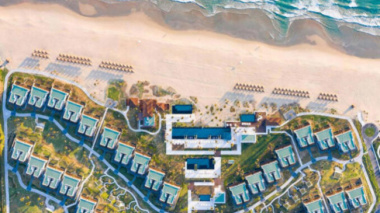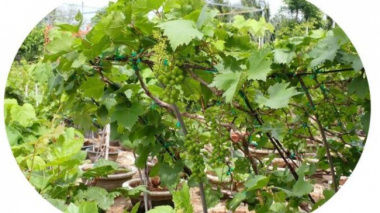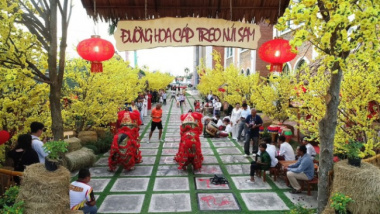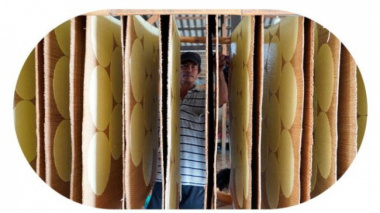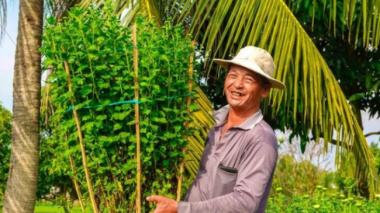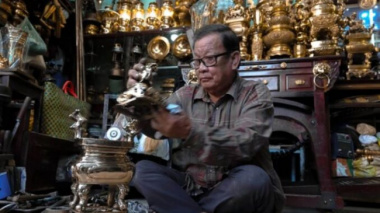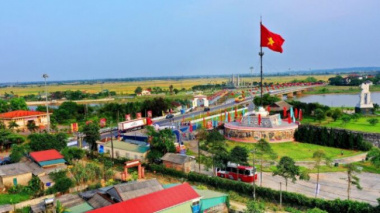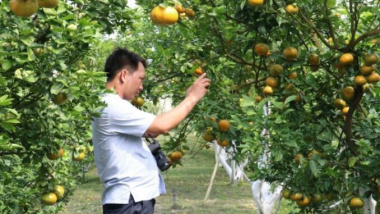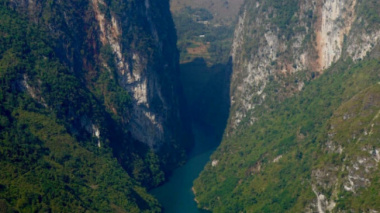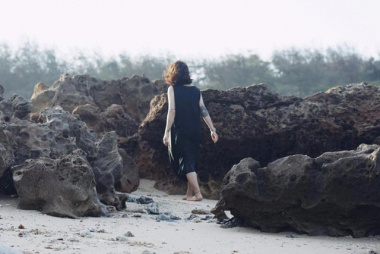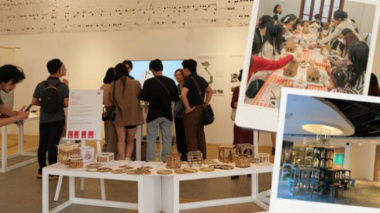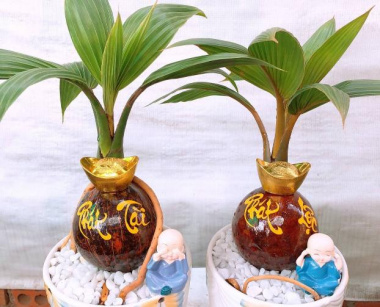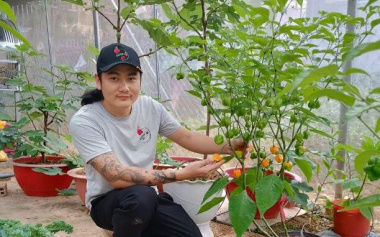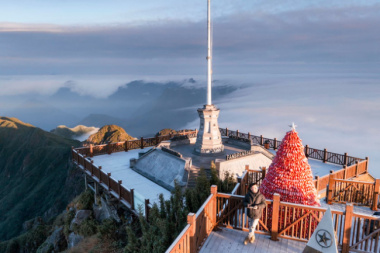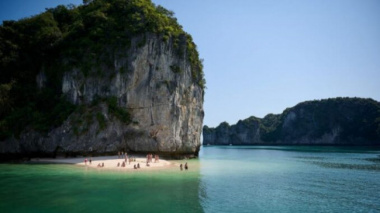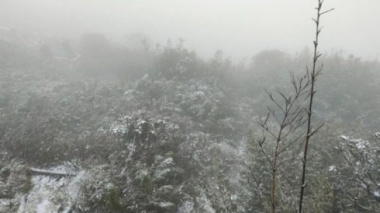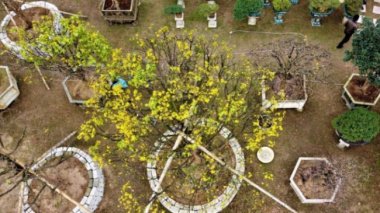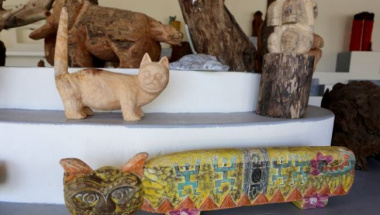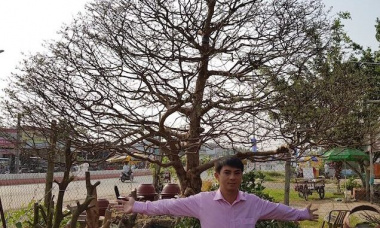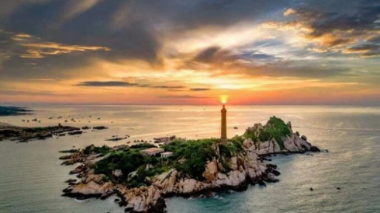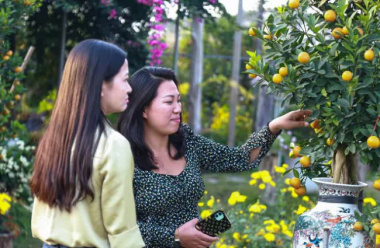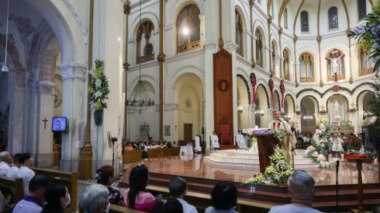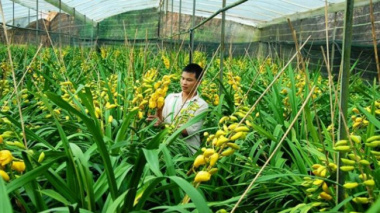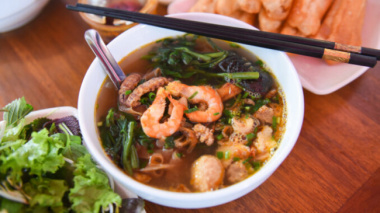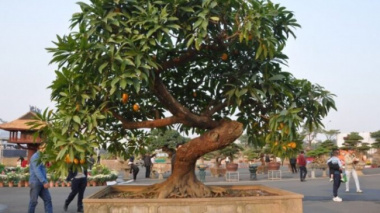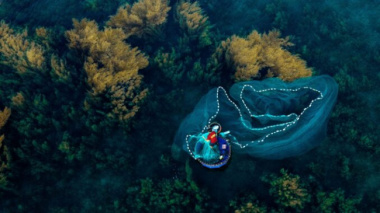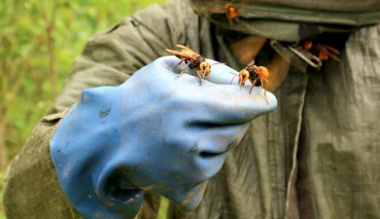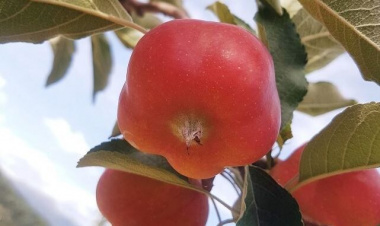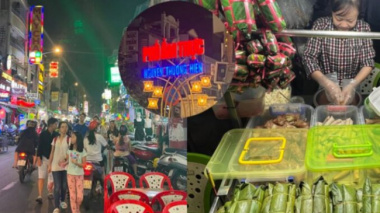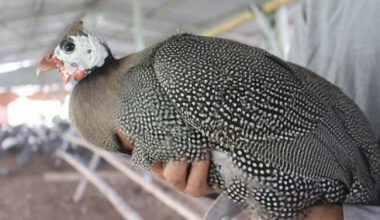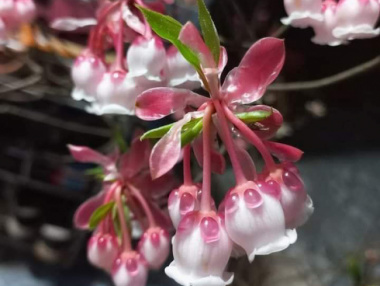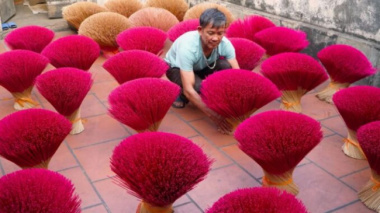Cao Lanh City, Vietnam
- Capital of the Dong Thap Province
- Main Attractions
- Plain of Reeds and Tràm Chim National Park
- Gao Giong Eco-tourism Park
- Dông Tháp Museum
- Xeo Quyt Relic
- Nguyen Sinh Sac Memorial & Tomb
- Special Events
- Activities near Cao Lanh
- Latest in Cao Lanh City
Popular with domestic and foreign tourists, Cao Lanh City has established itself as a haven for nature and wildlife. Situated on the edge of the Plain of Reeds (Thap Muoi), the city has become an ecotourist hotspot for travelers who want to explore Vietnam’s wetlands and Mekong Delta Region.
As the capital of the province, the city has become an economic hub for the Mekong Delta, and its sprawling urban area is filled with numerous tourist destinations.
Capital of the Dong Thap Province
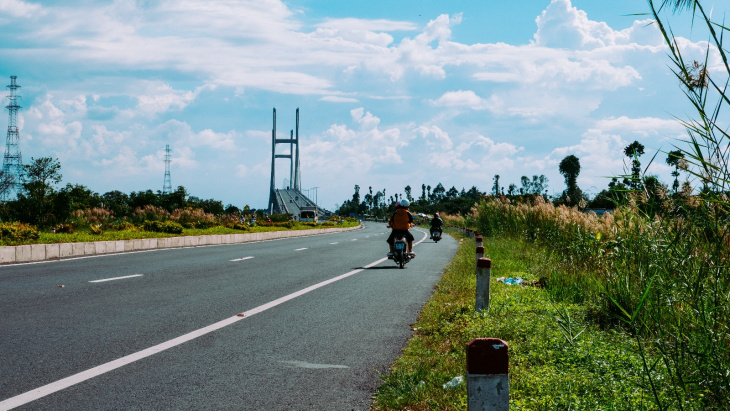
Driving up to the Cao Lanh Bridge. Photo by: Quốc Trung Antoine.
Cao Lanh City sits on the left bank of Vietnam’s Mekong River and is bordered by the Plain of Reeds of the south. As the largest city in the area, many travelers stay in Cao Lanh before leaving to explore the surrounding area. Popular destinations close to Cao Lanh include Hoi An and My Tho. Cao Lanh City’s main industries include rice, international trading, and tourism.
As a large urban area, tourists in Cao Lanh will be well-entertained with the area’s plethora of attractions. The city has also become a hotspot destination for people in Ho Chi Minh City. Previously called Saigon, HCMC is 153.6 km (95 mi) to the northeast of Cao Lanh. Most travelers will drive between the two cities with private and public transfers available.
The drive from HCMC to Cao Lanh takes 3-4 hours depending on the mode of transportation. Travelers that are touring throughout Southern Vietnam may choose to fly from HCMC to Rach Giá. From Rach Giá, travelers can drive for 1 hour and 45 minutes to the city of Cao Lanh.
History

Gao Giang Eco-Tourism Park. Photo: Khánh Hmoong
As a city in Southern Vietnam, Cao Lanh City’s most well-known period of history begins with French colonization and ends with the Vietnam War. Under French occupation, the city became the stronghold for Vietnam’s Third Division. An army of nearly 14,000 troops in 23 units, the Third Division was led by the Viêt Nam Quôc Dân Dàng democratic socialist political party.
Shortly after the end of French colonization, Cao Lanh was thrown into further turmoil with the Vietnam War. American forces used the city’s location on the river to block advances on HCMC. Locals were against the American invasion and small resistance groups were formed in the area. With the Fall of Saigon, all foreign forces ultimately left Cao Lanh.
During French and American occupation, Cao Lanh was the capital of a different province called Kiên Phong. After the war, starting in 1976, the growth of the southern provinces meant that many were merged or combined to make new administrative areas. In February of that year, the Kiên Phong Province was merged with the Sa Déc Province.
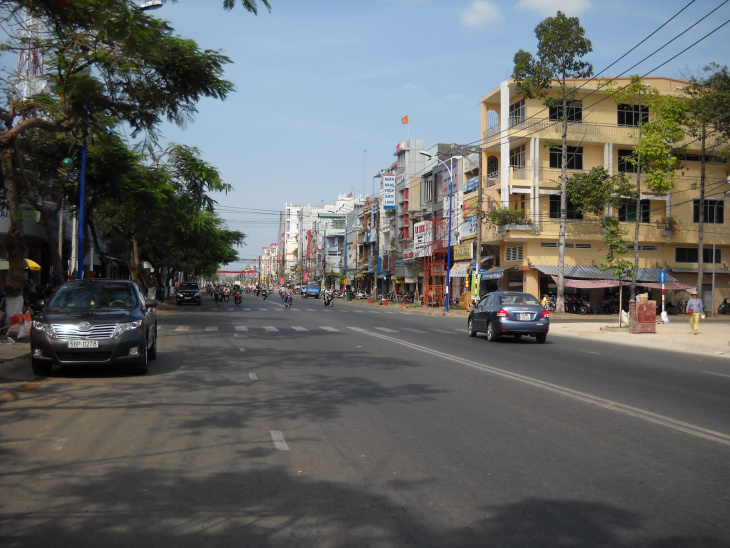
A street in Cao Lanh. Photo: Dongson
The result was the creation of the Dong Thap Province. For a few years after its creation, Sa Déc was the provincial capital. In 1994, the capital was moved to Cao Lanh. Throughout the city, there are war memorials and tributes to Vietnam’s past.
Museums in the area are focused on telling the stories from the days of both French colonization and the Vietnam War. Many tourists travel to Cao Lanh to see and learn more about the city’s past. One of the city’s best museums to visit is the Dông Tháp Museum, which houses both anthropological and wartime relics.
Fun Facts
- In 2007, Cao Lanh became recognized as a Class-2 City.
- As of 2018, the estimated population of Cao Lanh is 211,912 people.
- Cao Lanh’s elevation is 16 feet (5 meters) above sea level.
Main Attractions

Visit the wetlands to see the cranes. Photo by: .
Throughout Cao Lanh and just outside of the city, there are many places for tourists to visit. Most tourist activities are based on the area’s history, religion, or wildlife. The most popular attractions are the Gao Giong Eco-tourism Park, Dông Tháp Museum, Plain of Reeds, Tram Chim National Park, Xeo Quyt Relic, and the Ngyuen Sinh Sac Memorial and Tomb.
Plain of Reeds and Tràm Chim National Park
An inland wetland area in the Mekong Delta, the Plain of Reeds is 30 minutes outside of Cao Lanh. Called Thap Muoi by locals, the wetland has a swampy ecosystem where many birds gather to lay their eggs during the nesting season. Within the Plain of Reeds is Tràm Chim National Park, which was created to protect the area and rare bird species like the vulnerable Sarus crane.
Gao Giong Eco-tourism Park
Nicknamed the “Lungs of Dông Tháp”, Gao Giong Eco-tourism Park is one of the area’s main attractions. Accessible by taxi or motorbike, the park is great for hiking, camping, and boating.
Featuring canals, ponds, and a wetland ecosystem, tourists will see a variety of Vietnam’s endemic plant and wildlife species, such as its famous white storks that use the rookeries to raise their young. Drift down the canals and enjoy the sights and sounds of hundreds of birds around you.
Dông Tháp Museum
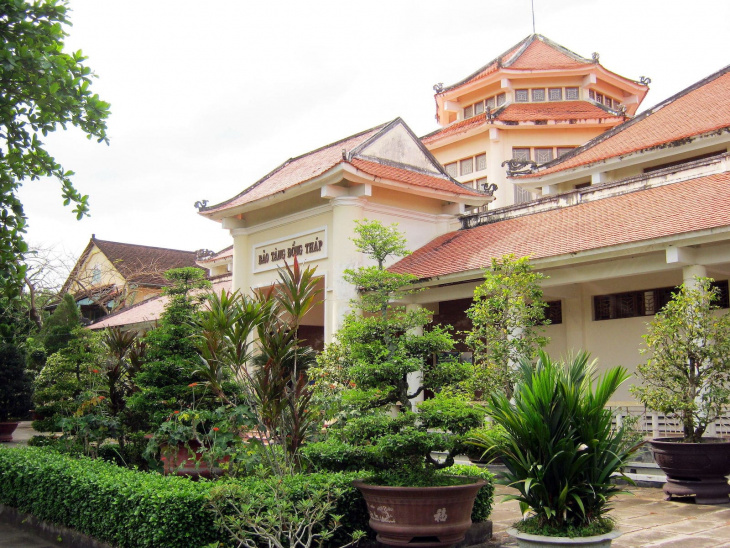
Dong Thap Museum. Photo:
Ranked as one of the “Mekong’s Best Museums” by Lonely Planet, the Dông Tháp Museum is spread across two floors and divided into multiple sections. On the first floor, the exhibits are dedicated to the province’s anthropological history, displaying ancient tools, sculptures, and traditional houses, meanwhile upstairs details the war as well as Ho Chi Minh.
Xeo Quyt Relic
A historical site turned into a wildlife conservation area, the Xeo Quyt Relic is a top attraction in Cao Lanh. Once used as a base to resist US forces during the Vietnam War, today, the area has been turned into a park that preserves both the area’s war history and its endangered species. There are numerous sites leftover from the war including bunkers, offices, huts, and minefields.
The sites are run like an outdoor museum where guests can get up close and personal with wartime relics. Additionally, tourists can hop on a boat to tour the canals. Boat tours offer guests the best chance to see some of the area’s wildlife which includes over 170 plant species and more than 200 animal species.
Nguyen Sinh Sac Memorial & Tomb
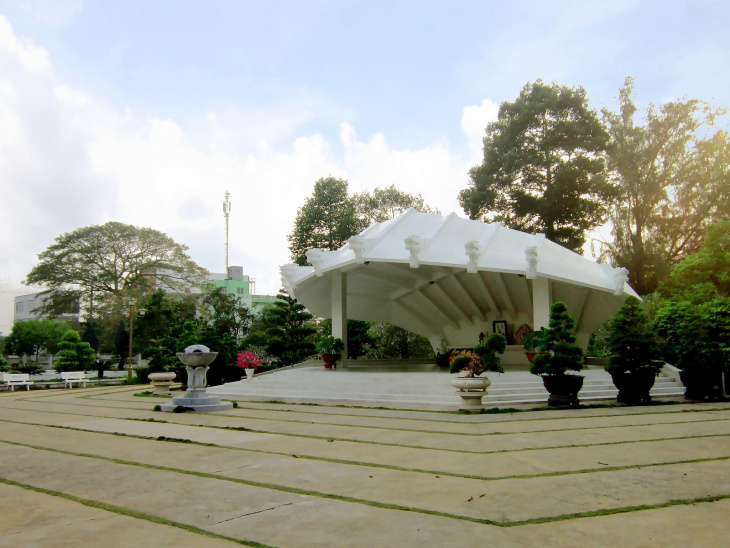
Nguyen Sinh Sac Tomb & Memorial. Photo:
Under the reunification of Vietnam in 1975, Nguyen Sinh Sac, the father of Ho Chi Minh, was memorialized in a grand tomb. Alive from 1862-1929, the tomb, a popular tourist site, features a clam-shell roof that also represents the lotus flower. Within the same complex, visitors can explore a small museum and temple that tell the story of Nguyen Sinh Sac and his son.
Accommodation
Although Cao Lanh is a larger city, it doesn’t have a wide range of accommodation options. There aren’t many resorts or luxury hotels in the area to service guests. Instead, tourists will have the option of staying in one of the city’s affordable boutique hotels or hostels. The best places to stay are B.O.B Hotel, Bong Sen Xanh Hotel, Khách San Dang Khoa Hotel, and the Phuc Hotel.
Bong Sen Xanh Hotel – Steps away from the local bus station and the market is the Bong Sen Xanh Hotel. Affordable and featuring friendly staff, the hotel is well-liked amongst travelers on a budget. Guests will have the option of staying in a double, twin, triple, quadruple, or deluxe king room. All rooms include AC and a wardrobe as well as free parking and Wi-Fi.
B.O.B Hotel – The B.O.B Hotel is one of Cao Lanh’s top accommodations with guests giving high ratings for its cleanliness, price, and services. Each room at the B.O.B Hotel has a desk, TV, private bathroom, and AC. All linens are provided by the hotel. On-site features include a 24-hour front desk, free Wi-Fi, lounge, and terrace. An à la carte breakfast is served daily.
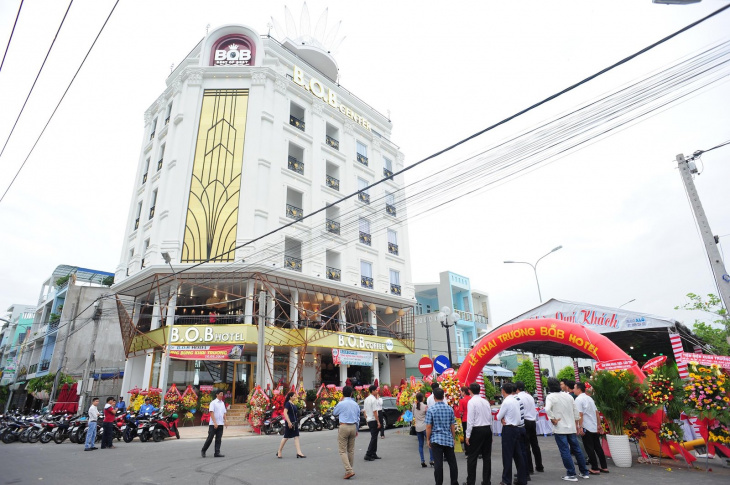
B.O.B Hotel. Photo: B.O.B Hotel
Khách San Dang Khoa Hotel – Clean and modern, the Khách San Dang Khoa Hotel ensures that each room has a balcony and city views. Rooms at the hotel have private bathrooms and they come with AC. A 24-hour front desk aids guests by arranging for room service or local tours. Facilities at the hotel include a shared lounge, terrace, and free Wi-Fi throughout the property.
Phuc Hotel – One of Cao Lanh City’s newest accommodation hotspots is the Phuc Hotel. Centrally located, the hotel bright, clean, and modern. Every room has a TV, private bathroom, free toiletries, wifi, and a desk as well as 24/7 staff assistance. Additionally, an Asian-style breakfast is served daily in the shared lounge.
Dining
Cao Lanh City may have a limited selection of hotels, but there is an overabundance of restaurants and cafes. Most serve a variety of local favorites, though there are a few places where the menus feature staples like pizza or burgers. Tourists in Cao Lanh can try a little bit of everything and visit the city’s best restaurants for breakfast, lunch, or dinner.

Cao Lanh Market. Photo:
Banh Mi Hong Ngoc 17 – Banh Mi Hong Ngoc 17 is the best place in Cao Lanh to grab breakfast on the go. Although a small shop, it’s a local and tourist favorite, serving fresh banh mi, a traditional Vietnamese sandwich.
May Coffee and Tea – A small establishment with a modern finish, May Coffee and Tea serves coffee, tea, and smoothies on the riverfront view. There is a seating area in front of the café, so guests can sit down and enjoy their morning refreshments.
Lang Viet – Once a beer hall, Lang Viet is a favorite place for international tourists due to its upbeat atmosphere. The restaurant serves mostly Vietnamese dishes like trung ga non chay toi, which consists of meat and vegetables finished with lemons.
Quan Oc 16H Plus – Seafood-lovers should head to the Quan Oc 16H Plus Restaurant. Located amongst a row of popular restaurants, Quan Oc 16H Plus is well-known for its fresh shellfish and strong flavors. A busy restaurant due to its outside terrace, it’s an ideal place to mingle and enjoy views of the city.
Special Events
Started in 2017, the Lotus Festival, one of the newest festivals to draw tourists to the city, is held in Cao Lanh at the Van Mieu Park over 3 days. Lotus-inspired entertainment includes tea tasting, ceremonies, lectures, fashion, calligraphy, and vendors. The festival is held in early September, which coincides with the end of the blooming cycle and prime harvest period.
Transportation
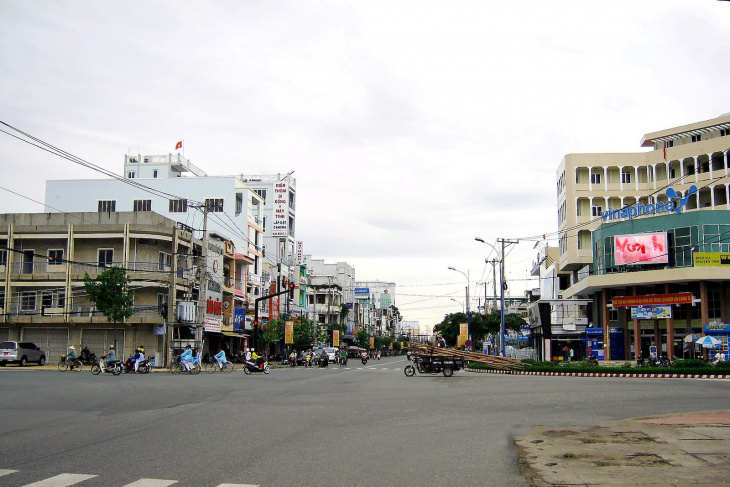
Cao Lanh. Photo:
Walking around Cao Lanh is easy if you’re sticking to a neighborhood or designated area in the city. Travelers can easily navigate the streets as they walk between attractions or through the markets. When destinations are too far away to walk the distance, tourists can call a taxi to get around.
Taxis are common throughout the city and the rates tend to be affordable. In addition to cabs, tourists can also buy or rent a motorbike during their stay.
Weather
Planning a trip to Cao Lanh can be difficult if you are basing your activities on the weather. Cao Lanh City has a mild climate that has a wet and dry season throughout the year. While most travelers tend to avoid the wet season because of the high temperatures and humidity, it is the best time to see the wetlands and rare bird species.
This means that an influx of tourists is in Cao Lanh during the summer months. Cao Lanh is also a popular destination during the dry season, which runs from October to April. Though the wetlands have lower levels of water and fewer birds, tourists who want to avoid the heat and humidity should plan their trip for the end or beginning of the year.
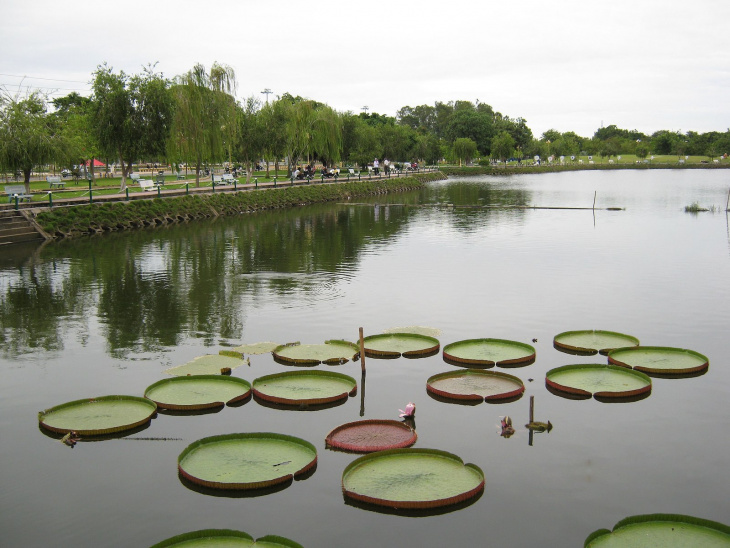
Temple of Literature Park. Photo:
A haven for the local wildlife and historic relics, Cao Lanh is gaining momentum as one of the top destinations in Vietnam’s Mekong Delta Region. Consisting of both urban and rural areas, Cao Lanh is a beautiful city with views of the river and never-ending wetlands.
As a destination that is close to Ho Chi Minh City, tourists can choose to spend as much or as little time exploring Cao Lanh and the surrounding province.
Activities near Cao Lanh
National Parks:
Rivers:
Rivers:
- Mekong River
- My Tho River
Towns:
Latest in Cao Lanh City
View more Cao Lanh City articles
Đăng bởi: Nguyễn Văn Đoàn


